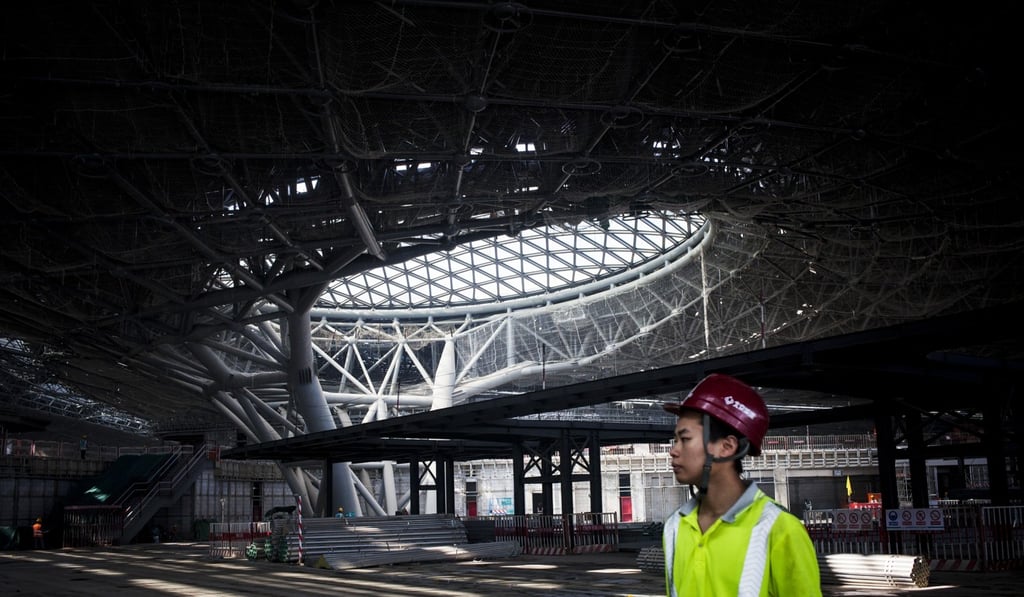Exclusive | Beijing’s new Zaha Hadid-designed airport to showcase latest facial recognition technology
Facial recognition technology developed by Chinese start-ups will be used in Beijing’s new airport for security screening

Beijing’s new US$12 billion airport, which is designed to handle up to 100 million passengers a year at full capacity, will feature cutting-edge surveillance technology to ease bottlenecks in security and immigration screening.
Chinese artificial intelligence start-up Yitu is preparing a bid to provide its facial recognition technology to the airport, while its close rival SenseTime Group is also expected to compete for the contract.
The new Zaha Hadid-designed airport is situated about 50 kilometres south of central Beijing and will help ease congestion at the current airport located in the northeast of the capital. It will also serve Xiongan, the satellite city in neighbouring Hebei province created to reduce overcrowding in Beijing.

It is expected that identity verification at the new airport will be conducted by cameras that will match the user’s appearance to a national ID database. Through computer vision, airport authorities will also be able to match users to their belongings, so that unattended baggage is easily tracked and assessed for security risk.